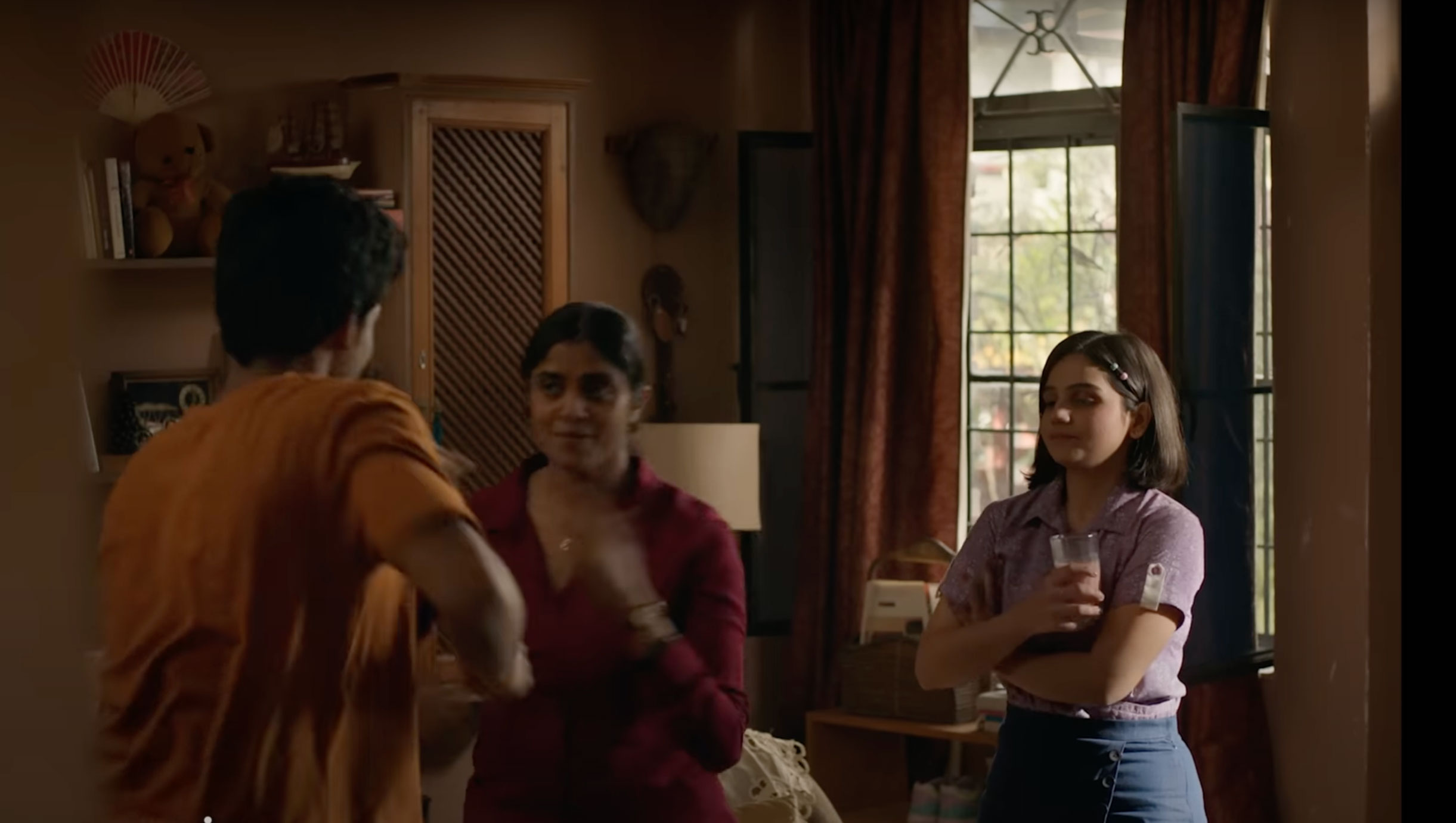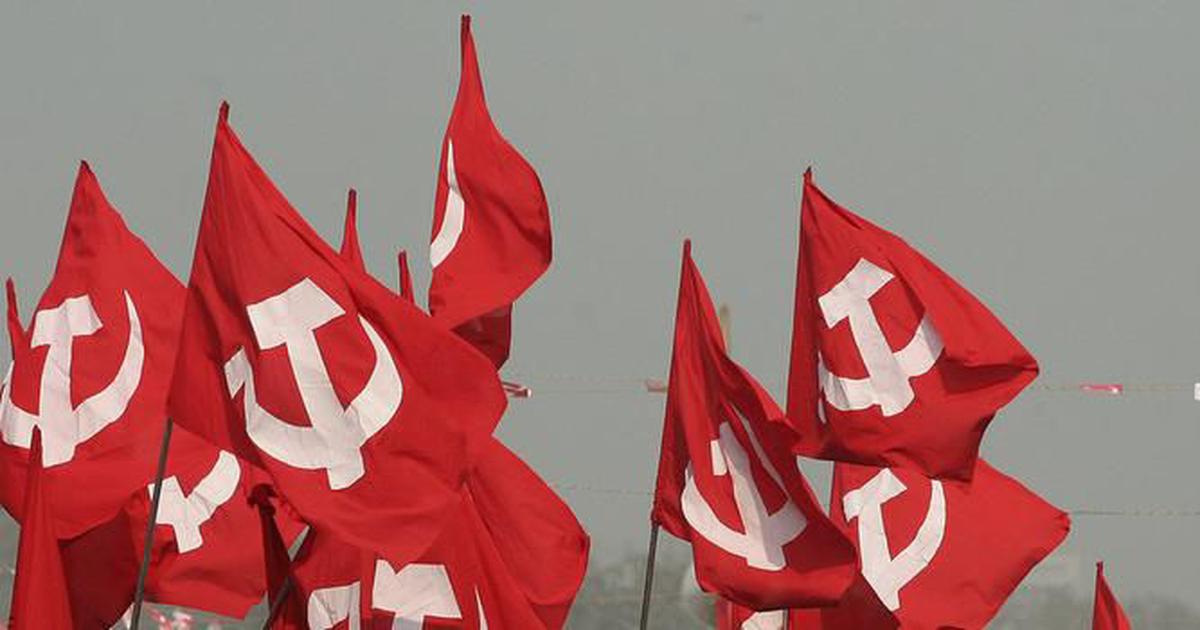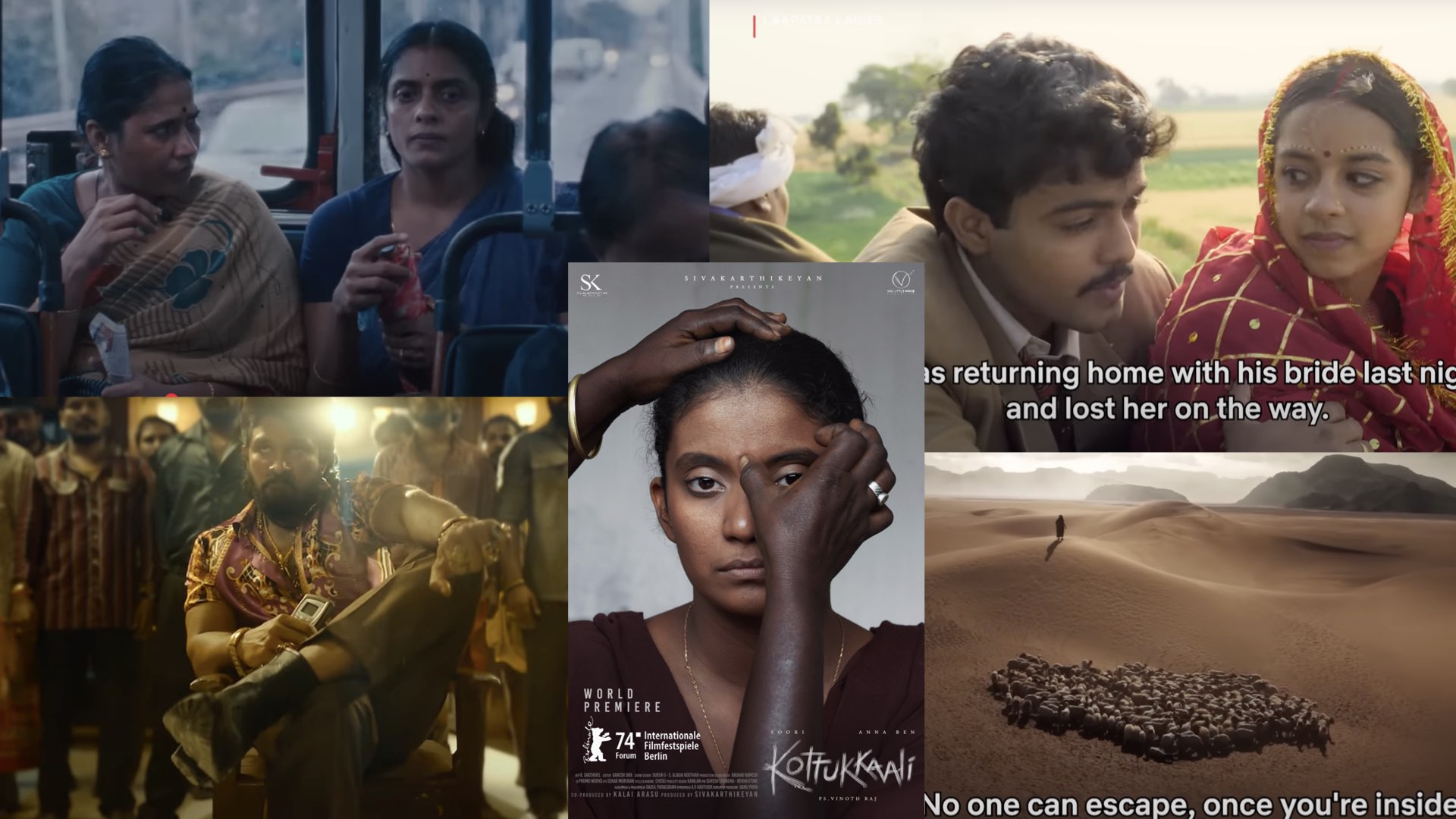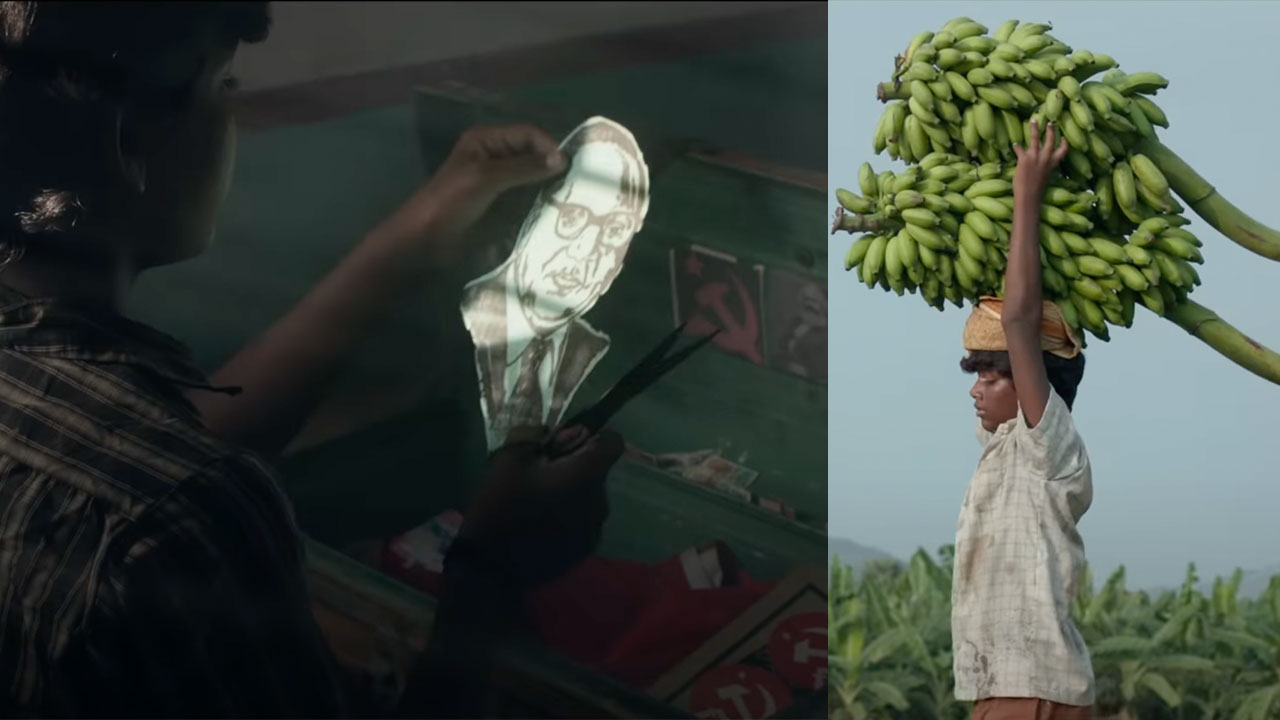(Recently, Oxfam India published a survey on caste representation in the media. In the past, there have been just a handful of such surveys. One of them was carried out by the Media Studies Group in collaboration with the Centre for the Study of Developing Societies. We publish the key findings of this 2006 survey here. –Managing Editor)
The volunteers of the Media Studies Group carried out a survey of the social background of 315 key decision-makers from 37 “national” media organizations (up to 10 key decision-makers from each organization) based in Delhi between 30 May and 3 June 2006. The survey was designed and executed by the Media Studies Group’s Anil Chamadia (chairman) and Jitendra Kumar (independent researcher), and Yogendra Yadav, senior fellow, Centre for the Study of Developing Societies (CSDS). Here are the key findings:
- India’s “national” media lacks social diversity, it does not reflect the country’s social profile
- Hindu upper-caste men dominate the media. They are about 8% of India’s population but among the key decision-makers of the national media their share is as high as 71%.
- Gender bias rules: only 17% of the key decision-makers are women. Their representation is better in the English Electronic media (32%).
- Media’s caste profile is equally unrepresentative. “Twice-born” Hindus (dwijs comprising Brahmins, Kayasthas, Rajputs, Vaishyas and Khatris) are about 16% of India’s population, but they are about 86% among the key media decision-makers in this survey. Brahmins (including Bhumihars and Tyagis) alone constitute 49% of the key media personnel.
- Dalits and Adivasis are conspicuous by their absence among the decision-makers. Not even one of the 315 key decision-makers belonged to the Scheduled Castes or the Scheduled Tribes.
- The proportion of OBCs is abysmally low among the key decision-makers in the national media: they are only 4% compared to their population of around 43% in the country.
- Muslims are severely under-represented in the national media: they are only 3% among the key decision makers, compared to 13.4% in the country’s population.
- Christians are proportionately represented in the media (mainly in the English media): their share is about 4% compared to their population share of 2.3%
- Social groups that suffer “double disadvantage” are also nearly absent among the key decision-makers: there are no women among the few OBC decision-makers and negligible Backwards among the Muslims and Christians.

Survey methodology
For this survey 40 “national” media organizations located in Delhi were identified. These included all the major newspapers, newsmagazines, radio channels, television channels and news agencies that could be said to have a national spread. Of these information could be obtained about 37 organizations. For this purpose, different publications or channels of the same media house have been treated as different organizations.
For each of these organizations we sought information on the top 10 “key decision makers” who matter in deciding the news and editorial policy of the organization. For each of these persons thus identified, information was collected on their social profile in terms of their gender, age, religion, caste/community, mother tongue and state of domicile. The information was available for 315 key decision makers. This was gathered by a group of volunteers of the Media Studies Group. Since the information was gathered not by face-to-face interview but by speaking to colleagues and other informants, the data here may contain some errors.
Summary Tables
Gender Profile
| Men | Women | |
|---|---|---|
| Print Hindi | 86% | 14% |
| Print English | 84% | 16% |
| Electronic Hindi | 89% | 11% |
| Electronic English | 68% | 32% |
| All | 83% | 17% |
Religious Profile
| Hindu | Muslim | Christian | Sikh | |
|---|---|---|---|---|
| Share in India’s population | 81% | 13% | 2% | 2% |
| Print Hindi | 97% | 2% | 0% | 0 |
| Print English | 90% | 3% | 4% | 0 |
| Electronic Hindi | 90% | 6% | 1% | 0 |
| Electronic English | 85% | 0% | 13% | 2% |
| All | 90% | 3% | 4% | 1% |
Caste-community profile
| Brahmin | Kayastha | Vaishya/ Jain | Rajput | Khatri | Non-dwij upper caste | OBC | |
|---|---|---|---|---|---|---|---|
| Print Hindi | 59% | 9% | 11% | 8% | 5% | 0% | 8% |
| Print English | 44% | 18% | 5% | 1% | 17% | 5% | 1% |
| Electronic Hindi | 49% | 13% | 8% | 14% | 4% | 0% | 4% |
| Electronic English | 52% | 13% | 2% | 4% | 4% | 4% | 4% |
| All | 49% | 14% | 7% | 7% | 9% | 2% | 4% |
Caste-Community profile compared to population share
| Caste/community group | Share in India’s population | Share in key media personnel |
|---|---|---|
| ‘Twice born’ Hindus (Brahmin, Kshatriya, Vaishya, others) | 16% | 85% |
| ‘Intermediary’ Hindu castes (Jat, Reddy, Maratha, Patel, etc.) | 8% | 3% |
| Hindu OBC | 34% | 4% |
| Muslim | 13% | 4% |
| Christian | 2% | 3% |
| Sikhs | 2% | 1% |
| SC | 16% | 0% |
| ST | 8% | 0% |
Note: Figures for population share are based on Census of India 2001 and estimates generated by National Election Study 2004 of CSDS.
Share of Hindu upper-caste men
| Share in population | 8% |
|---|---|
| Share in key decision makers in the media | 71% |
Forward Press also publishes books on Bahujan issues. Forward Press Books sheds light on the widespread problems as well as the finer aspects of Bahujan (Dalit, OBC, Adivasi, Nomadic, Pasmanda) society, culture, literature and politics. Contact us for a list of FP Books’ titles and to order. Mobile: +917827427311, Email: info@forwardmagazine.in)




